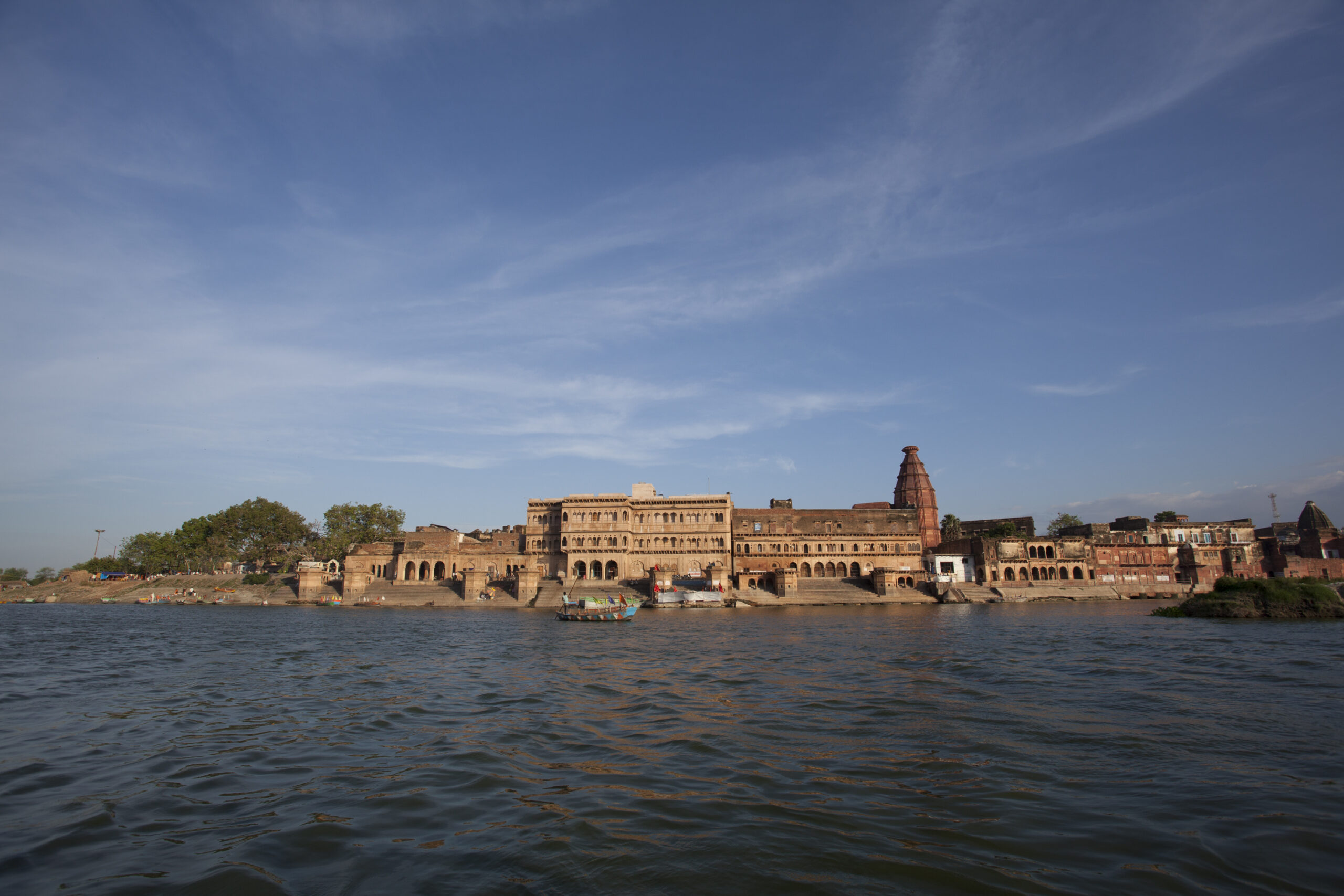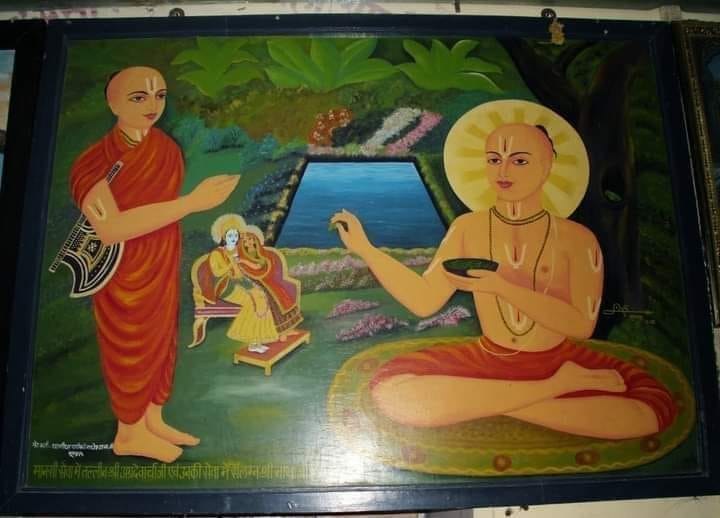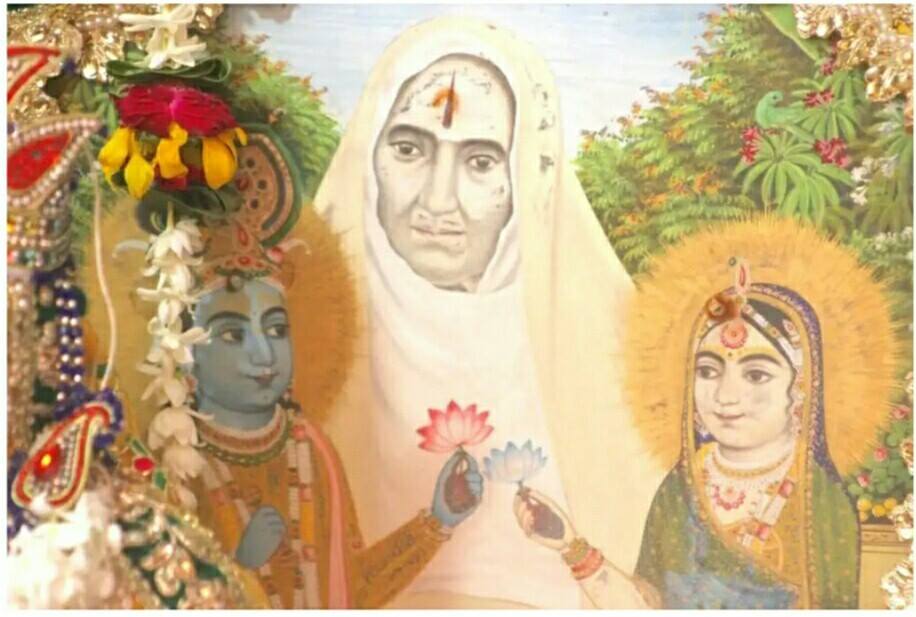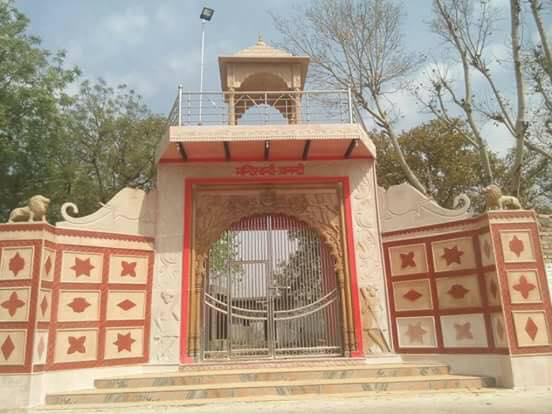authored by – Shri Mahanidhi Madan Gopal Das
For all Gaudiya Vaisnavas, Vrndavana is the topmost place of sadhana bhajan. Sri Krishna Caitanya Himself set the example of staying here for four months, totally immersed in gopi-bhava i.e. Radha’s premonmada mahabhava.
Roaming around Vraja, Mahaprabhu went mad searching for that elusive King of love divine, the all-attractive, Master of sweet bliss eternal—Sri Krishna! After partially recovering from His eternal swoon of love in separation from Syama, Gaurahari left Vraja and returned to His circle of loving friends.
In great ecstasy, Gauranga then ordered His antaranga bhaktas, the six Goswamis, to go live in Vrndavana—serve, search and cry for Krishna, and teach others to do the same.
For fifty-years or more of their manifest presence, the Goswamis—Sri Rupa, Sanatana, Bhatta, Gopala and Dasa Raghunatha, and Sri Jiva—LIVED IN VRNDAVANA. They showed the ideal of Radha-Krishna sadhana bhakti for all Gaudiya Vaisnavas.
Their lives, books, bhajans, and eternal blessings teach us how to live in Vrndavana in the mood of Srimati Radharani’s eternal maidservants i.e. dasis, manjaris. Like the Goswamis, the fervent, hankering bhaktas will internally serve Radhika with their minds, and externally through bhajan, tears and endless prayers to see Her beloved sweet Syama.
Jai Jai Sri Radhe
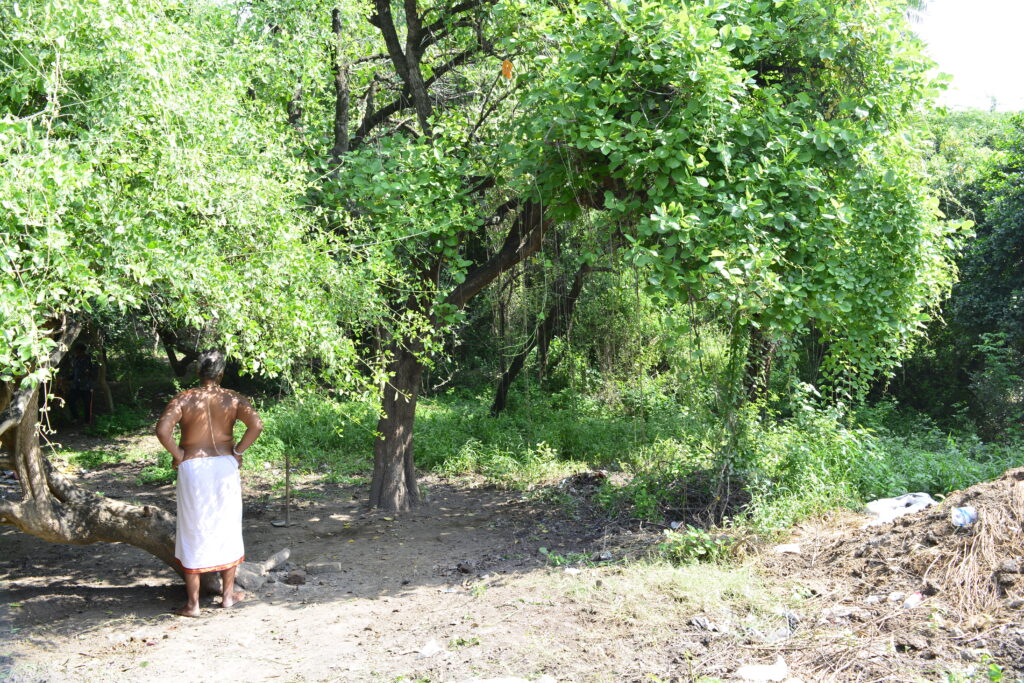
Ten Phenomenal Powers
To encourage everyone to live in Vrndavana doing Krishna bhakti sadhana, Sri Rupa, the very form of Sri Radha’s beauty and compassion, wrote extensively about the glories of Sridhama Vrndavana. In Bhakti-rasamrta-sindhu, Sri Rupa Goswamipada describes ten uniquely astonishing attributes of Vrndavana, unavailable anywhere else in the universe!
1) All in Vraja! Other Yatras Not Needed
In Adi Purana, Bhagavan Sri Krishna says:
mathuram -ca -parityajya,
yon -yatra -kurute -ratim
mudho -bhramati -samsara,
mohita -mama -mayaya
“Only a fool, wandering in samsara and bewildered by My maya, will leave Vrndavana out of attraction to go somewhere on a yatra.” (Bhakti Rasamrita Sindhu 1.2.211)
One might argue, “But Bharata-bhumi is filled with all kinds of sacred places, tirthas, and dhamas like Prayaga, Puskara, Haridvara, Kanchi, Dvaraka, Ayodhya, Sri Rangam, Ramesvaram, and Badrinatha. So why can’t we go on tirtha yatras to see all these wonderful places?”
Of course, anyone can go; there is no law against it. Indeed, these sacred places can purify one and even grant mukti. But why leave Braja, since the Six Goswamis never did that once they settled here? They stayed 24/7 in Vrndavana and quoted so many sastras to encourage others to live here too.
In fact, Sri Rupa Goswamipada’s “Sri Mathura Mahatyam” contains over four-hundred Vedic verses proving the supreme efficacy of Braja vasa, and the incredible benefits of living and dying here.
To establish Vrndavana Dhama above all the other sacred places like those listed above, Sri Rupa Goswamipada quotes the Padma Purana on residing in Mathura/Vrndavana:
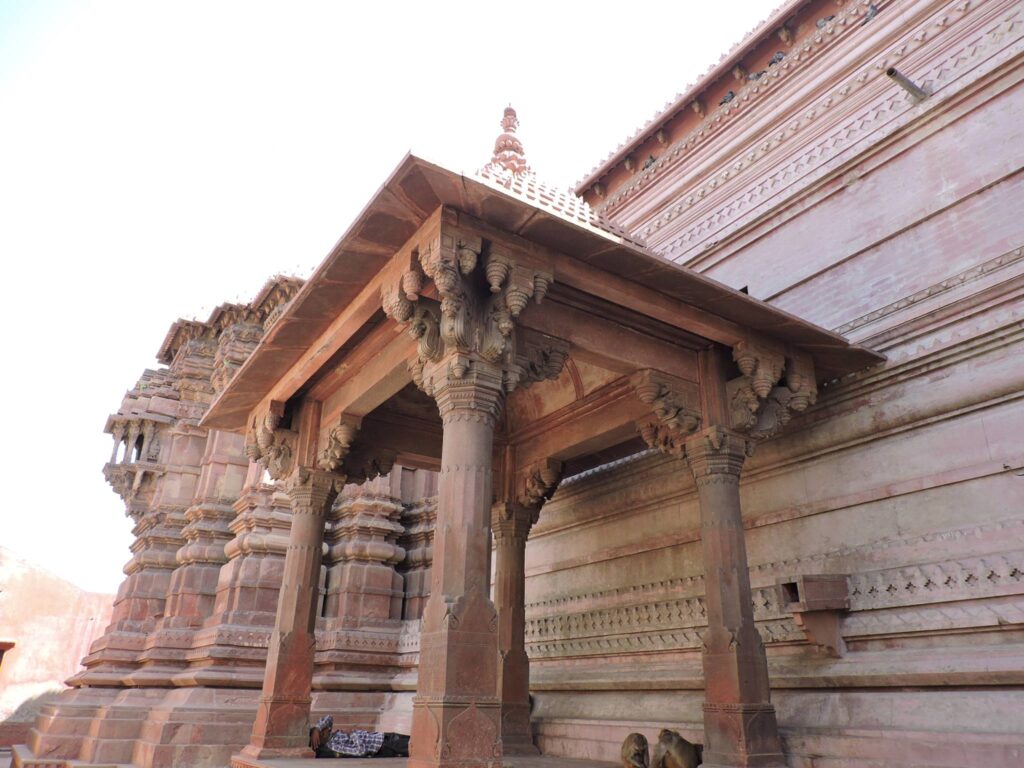
anyesu –punya -tirthesu
muktir -eva –maha -phalam
muktaih -prarthya -harer -bhaktir
mathurayam tu labhyate
“Mukti is the topmost fruit to be gained at other sacred places. But HARI BHAKTI, which even the liberated desire, is only attainable in Mathura/Vrndavana!”
aho -madhu -puri -dhanya
vaikunthac -ca -gariyasi
dinam -ekam -nivasena
harau -bhaktih -prajayate
“Aho! Wow! The sweet land of Mathura/Vrndavana is most auspicious and even superior to Vaikuntha. By staying here only one day, Hari bhakti will appear! (Bhakti-rasamrta-sindhu, 1.2.135, 137)
In the following, most beautiful, poetic and musical Sanskrit verse, Sri Rupa Goswamipada summarizes nine more powers of Braja, elaborately described in the Puranas (khyatam-puranesu-na-vistara-bhiyocyate). In these nine ways, Mathura/Vrndavana fulfil desires.
sruta- smrta –kirtita -ca
vanchita- preksita -gata
sprsta- srita sevita -ca
mathur -abhista -da -nrnam
5) Desiring Vrndavana (vanchita).
“[Due to the unlimited power of Vrndavana], anyone can fulfil their cherished desires [for Krishna’s eternal service] simply by:
2) Hearing about Vrndavana (sruta).
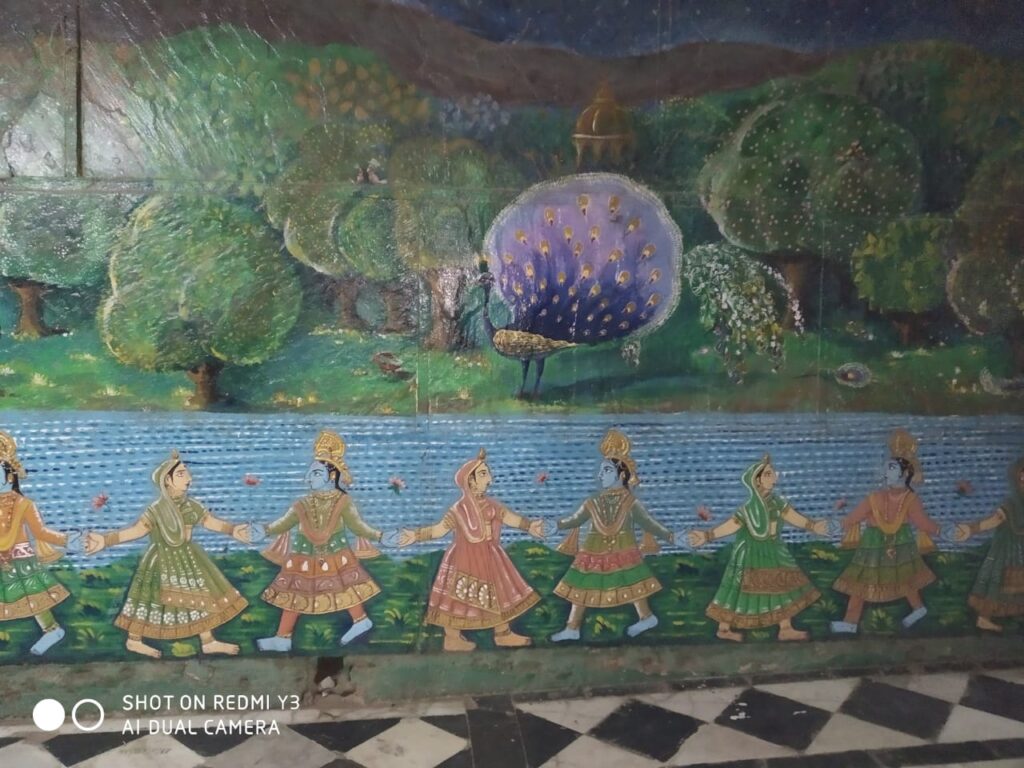
3) Remembering Vrndavana (smrta).
4) Glorifying Vrndavana (kirtita).
6) Seeing Vrndavana (preksita).
7) Visiting Vrndavana (gata).
8) Touching Vrndavana (sprsta).
9) Living in Vrndavana (asrita).
10) Serving Vrndavana (sevita).”
Sri Jiva Goswami’s commentary
“The word preksita (#6) means seeing Vrndavana from a distance, or going near but without direct contact. Srita (#9) means accepting Vrndavana as one’s shelter [residence]. Sevita (#10) means serving Vrndavana by cleaning, beautifying, repairing old temples, etc.
The items in this list fulfil the desires of all beings with successively increasing power. Thus, the last item, sevita, serving Vrndavana is the most powerful!
Mahanidhi Madan Gopal Das comments:
Regarding (#9), living in Vraja, in Padma Purana (Patala-khanda), Sri Rudra says to Sri Parvati:
aho -madhu -puri -dhanya
yatra –tisthati -kamsaha
tatra -deva -munih -sarve
vasam -icchanti -sarvada
“Aho! Wow! The sweet land of Mathura/Vrndavana, where Kamsari Sri Krishna resides eternally, is so valuable and fortunate. Even all the munis and devas desire to always live there.” (Laghu Bhagavatamrta I.5.433)
Thus, the conclusion of sastra, Sri Caitanya Mahaprabhu, and the example and teachings of the six Goswamis is that Gaudiya Vaisnavas should live in and serve Vrndavana, while continually practicing raganuga bhakti bhajan in the mood and manner of the sakhi/manjaris of Srimati Radharani in Goloka Vrndavana.
Sridhama Vrndavana vasa ki jai! Six Goswamis ki jai!
Jai Jai Sri Radhe!


